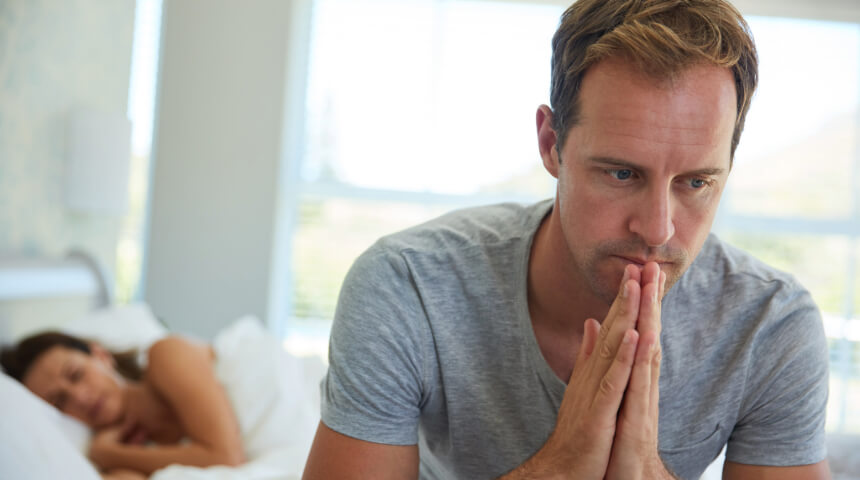If you suffer from urinary incontinence, you might have bladder leakage when you exercise or often experience an urgent need to go. Knowing what causes these two conditions can help you find the treatment you need.
What Is Urinary Incontinence?
Urinary incontinence is leakage that can’t be controlled. It’s a common condition, affecting between one-quarter and one-third of men and women in the United States. It’s hard to know just how many people deal with urinary incontinence, though, because the topic can be embarrassing, and patients may be hesitant to talk to their doctor about their symptoms.
There are two major types of urinary incontinence: urge incontinence (also known as overactive bladder) and stress incontinence.
- Urge urinary incontinence is when you have a sudden need to urinate that is difficult to control. It sometimes includes nocturia (nighttime urination).
- Stress urinary incontinence is when leakage happens when there’s an increase in abdominal pressure, such as when you laugh, sneeze, cough, jump or change position from sitting or lying down to standing.
To use a simple plumbing analogy: You have a pump (the bladder), you have a pipe (the urethra), and you have a valve (the urinary sphincter). If you have a leaky pipe, that’s stress urinary incontinence. If you have an overactive pump, that's urinary urge incontinence.
Overactive Bladder (Urge Urinary Incontinence) Triggers
Aging is a factor when it comes to bladder health. Over time, your bladder simply doesn’t function as well, which is why so many older people experience urinary incontinence. Other things that can trigger overactive bladder include:
- Caffeine, which directly stimulates the bladder and causes it to contract
- Constipation, which irritates the nerves that can cause overactive bladder
- Menopause, because lack of estrogen is associated with overactive bladder
Treating Overactive Bladder
Most treatment plans for overactive bladder start with lifestyle changes. Consider these suggestions to help ease symptoms.
- Make sure you get 25 grams of fiber per day (through diet and/or supplements) to prevent constipation.
- Cut down on or eliminate caffeine.
- Avoid eating or drinking within a few hours of bedtime.
If lifestyle changes aren’t enough to manage your overactive bladder symptoms, there are several medications that can help. If medications don’t work, or you can’t tolerate their side effects, there are treatments known as third-line therapies available. These include:
- Percutaneous tibial nerve stimulation PTNS, which involves the insertion of an acupuncture needle to a nerve on the inside of your ankle (the tibial nerve) that plays a role in bladder control.
- Botox injections to the bladder, which paralyze part of the bladder to prevent it from contracting.
- Sacral neuromodulation, which helps improve communication between the brain and the bladder.
Stress Urinary Incontinence Triggers
As with overactive bladder, age is one of the main triggers of stress urinary incontinence. This is because the muscles that support the bladder (collectively known as the pelvic floor) tend to weaken over time. When your pelvic floor is weak, you may have a harder time containing your urine — which is why it may leak when you sneeze or cough. Other things that can negatively affect the pelvic floor include:
- Pregnancy/childbirth
- Traumatic injury to the pelvis
- Obesity
Treating Stress Urinary Incontinence
Many people with stress urinary incontinence can manage their condition with physical therapy. Over time, consistently doing exercises such as Kegels, which strengthen the pelvic floor, can help reduce leakage.
There are also various surgical options for treating stress urinary incontinence, including outpatient procedures. Whether you’re a candidate for surgery, and which type is best for you, is something you can discuss with your doctor.Choose to Stay in Touch
Sign up to receive the latest health news and trends, wellness & prevention tips, and much more from Orlando Health.
Sign Up










